
How Long You Should Be Able to Stand on One Leg, According to Your Age
How Long You Should Be Able to Stand on One Leg, According to Your Age

Balance is a fundamental aspect of physical health, often overlooked until it starts to decline. While seemingly simple, the ability to stand on one leg can reveal surprisingly deep insights into your overall well-being, particularly as you age. New research highlights this seemingly basic act as a crucial indicator, suggesting it's far more than just a party trick – it's a window into your body's complex systems working in harmony.
The Science Behind the Stance: A Glimpse into Overall Health
Recent studies have brought the importance of balance into sharp focus. One key research initiative, focusing on individuals aged 50 and older, meticulously examined how long participants could maintain a single-legged stance. The results were compelling: a significant decline in balance performance was observed with increasing age, a deterioration that remarkably outpaced the decline in both gait stability and brute muscle strength. This pivotal study, published in the esteemed journal PLOS One, underscores balance as a vital, often underestimated, metric in comprehensive physical health assessments.
According to Dr. Kenton Kaufman, a distinguished research scientist and professor at the Mayo Clinic in Rochester, Minnesota, balance serves as a sophisticated reflection of multiple bodily systems working in precise unison. He elaborates that maintaining good balance is not merely about avoiding stumbles; it empowers individuals to perform daily activities with confidence, free from the constant, underlying fear of falling. This freedom, in turn, contributes to a significantly better quality of life and actively promotes healthy aging, allowing people to remain independent and engaged.
The study included a diverse group of 40 participants, all in relatively good health and free from any known neuromuscular disorders that might skew the results. The collected data painted a clear picture: the duration an individual could sustain a one-legged stance decreased consistently. Specifically, there was a decline of approximately 2.2 seconds per decade on the nondominant leg and 1.7 seconds per decade on the dominant leg. These consistent patterns were observed across both men and women, even after meticulous accounting for variations in body size and other demographic factors, reinforcing the universality of the findings.
Understanding Your "Ideal" Balance Duration
The ability to balance effectively on one leg is critically linked to injury prevention. For individuals who struggle to maintain the position for more than five seconds, there's a statistically increased risk of falls, which can lead to severe injuries. Dr. Kaufman emphasizes that robust balance is an absolutely crucial factor in substantially reducing fall-related injuries, a particularly pressing concern as populations age and the risk of bone fractures increases.
Another groundbreaking study, published in June 2022, further underscored the profound importance of balance. This research revealed a startling correlation: individuals unable to stand on one leg for a mere 10 seconds faced an 84% higher risk of death from any cause within a decade. This finding elevates balance from a simple physical skill to a potential early warning sign for underlying health issues.
As a general guideline, a clear benchmark has emerged:
- Younger individuals (typically below 70 years of age) should aim to balance for at least 30 seconds with ease.
- Those aged 70 to 79 should comfortably target around 20 seconds.
- For individuals over 80, being able to hold the stance for at least 10 seconds is considered ideal, demonstrating adequate stability for independent living.

Balance Beyond Falls: Cognitive and Cardiovascular Links
Beyond preventing immediate injuries, research has increasingly linked balance ability to broader aspects of overall cognitive and physical health. A compelling study published in the British Journal of Sports Medicine found that participants aged 51 to 75 who failed a 10-second one-legged stance test exhibited a significantly greater likelihood of underlying health issues. These included serious conditions such as cardiovascular disease, persistently high blood pressure (hypertension), and diabetes. Consequently, balance testing is now actively being considered and integrated as a routine assessment for middle-aged and older individuals in clinical settings, serving as a simple, non-invasive tool to detect early signs of declining systemic health.
Furthermore, a 2013 study published in the journal Stroke revealed a fascinating connection: individuals who struggled significantly with the one-legged balance test were more likely to have experienced small, often undetected strokes. These "micro-strokes," though initially unnoticed and lacking overt symptoms, can gradually accumulate, leading to subtle cognitive impairment over time and significantly increasing the risk of larger, more debilitating strokes in the future. This makes balance testing a valuable, proactive screening tool.
Balance is therefore essential not just for preventing immediate falls and injuries, but also for maintaining independence and overall quality of life in older adulthood. A persistent lack of stability dramatically increases the likelihood of falls, which can precipitate a cascade of negative health outcomes including fractures, prolonged hospitalizations, and a sharp decline in overall mobility. The Centers for Disease Control and Prevention (CDC) reports that falls are, alarmingly, the leading cause of injury-related deaths among older adults. This sobering statistic further underscores the critical importance of prioritizing balance training at every stage of life, not just in later years.
Performing this simple balance test requires no special equipment, making it an incredibly convenient and accessible way to assess one’s health and stability right at home. Dr. Kaufman notes that struggling to maintain balance for even a few seconds may indicate underlying health conditions that warrant further investigation. These could range from cardiovascular issues that affect blood flow to the brain, to neurological disorders such as a history of silent stroke, early-stage dementia, or even Parkinson’s disease. Additionally, it's worth noting that certain medications may have side effects that impair balance, which is an important consideration. If an individual consistently fails to hold the one-legged stance for over five seconds, consulting a healthcare professional for a comprehensive evaluation is strongly advised.
Enhancing Balance at Any Age: Practical Strategies
While the initial study primarily focused on individuals aged 50 and above, the overarching message is clear: balance training is immensely beneficial for people of all ages, from childhood to advanced old age. Dr. Kaufman emphatically stresses the importance of actively maintaining and improving balance capabilities early in life to effectively preserve this crucial skill well into older adulthood, ensuring a more resilient and active later life.
Dr. Anat Lubetzky, a distinguished physical therapy professor at New York University, strongly echoes this sentiment. She highlights the critical necessity of consistently practicing various balance-related tasks that mirror real-life challenges, not just isolated exercises. This includes seemingly simple actions like walking while engaged in conversation, turning the head quickly to react to stimuli, adapting to unexpected movements or pushes, navigating confidently in the dark, and adjusting one's stance to different, often uneven, surfaces. Though she was not directly involved in the aforementioned study, her extensive expertise strongly supports the findings that comprehensive balance training should be an ongoing, integrated part of daily life.
While practicing one-legged stances is undoubtedly valuable, Dr. Lubetzky points out that focusing solely on this single exercise is not comprehensive enough for optimal balance improvement. A truly effective and holistic balance-training approach should intentionally include a diverse mix of both static (stationary) and dynamic (moving) exercises, as well as foundational overall strength training, particularly targeting the core and lower body.
To significantly enhance stability, engaging in structured fitness programs is highly recommended. Activities such as yoga, with its emphasis on static holds and mindful movements, or specialized balance classes, which often incorporate standing on one leg for sustained periods (30 to 60 seconds per session), can dramatically help build endurance and coordination. Tai chi, an ancient Chinese form of exercise that emphasizes slow, graceful, and controlled movements, has also been scientifically shown to profoundly improve balance and notably reduce the risk of falls in older adults, making it an excellent choice for consistent practice.
For easy at-home practice, Dr. Lubetzky suggests simple yet highly effective exercises. One excellent method is practicing putting on a sock while standing on one foot—taking care not to rush or lose stability, thereby engaging core and leg muscles. Another highly effective method is the tandem stance, where an individual stands with one foot placed directly in front of the other, heel to toe, mimicking a tightrope walk. This significantly challenges balance in a safe and controlled manner, building proprioception and stability.
Other everyday activities that naturally promote stability and agility include walking on uneven surfaces, such as grassy fields or soft sand at the beach, and deliberately practicing shifting your weight from one foot to the other in a controlled manner. Strength training, particularly exercises that specifically target the core and lower body muscles (like squats, lunges, and leg raises), plays an absolutely crucial role in balance maintenance, providing the necessary muscular support for dynamic stability. Additionally, engaging in balance board exercises, where one stands on an unstable surface, can help activate deep stabilizing muscles and dramatically improve coordination and reaction time. Dance classes, especially those that incorporate quick turns, pivots, and changes in movement direction, are also highly beneficial for enhancing overall agility, coordination, and stability.
Research further suggests that dual-task training—the practice of maintaining balance while simultaneously performing a cognitive task, such as counting backward from 100 by threes or reciting words that start with a specific letter—can further enhance stability, particularly in older adults. Studies have consistently found that incorporating these mental challenges into balance training improves overall body awareness, attention, and significantly reduces fall risk.
Healthcare professionals widely recommend integrating balance exercises into daily routines rather than treating them as a separate, isolated workout. Simple, consistent changes, such as brushing your teeth while balancing on one foot (switching feet halfway through), walking heel-to-toe across a room, or standing on tiptoes while waiting for water to boil during cooking, can gradually but significantly improve stability over time.
Ultimately, prioritizing balance is not just about avoiding falls; it's a proactive investment in a healthier, more independent, and fulfilling life. By consistently incorporating these simple yet powerful exercises into daily routines, individuals can dramatically improve their stability, substantially reduce their fall risk, and actively support their long-term well-being and cognitive health. Developing strong balance skills early on and continuing to challenge them throughout life ensures that the process of aging is met with greater resilience, confidence, and continued independence.
News in the same category


Researcher Studies Over 200 Kids—Here’s What the Most Emotionally Intelligent Ones Had in Common

Scientists Bioengineer Tooth That ‘Grows’ in Place Like a Natural One And Feels Real

9-year-old dies after dental procedure

How to Get Rid of Muscle Soreness: Effective Home Remedies That Really Work

Natural Blood Thinners: Evidence-Based Foods, Supplements, and Vitamins for Healthy Blood Flow
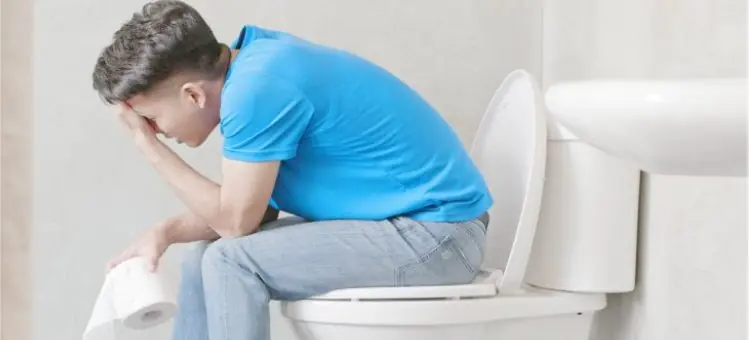
How to Conquer Constipation: Your Guide to Effective Home Remedies
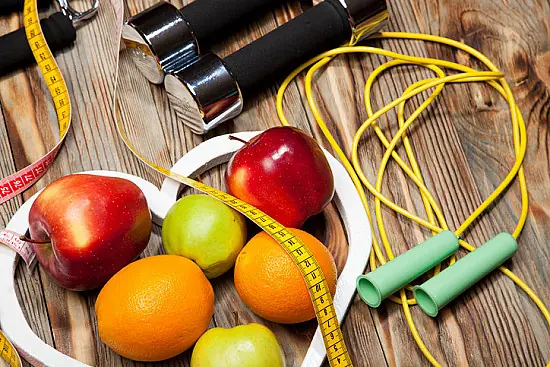
Simple, Natural Ways to Lower Cholesterol (and Why You Might Want To)

13 Subtle Warning Signs of High Blood Sugar and 9 Powerful Ways to Take Control of Your Health
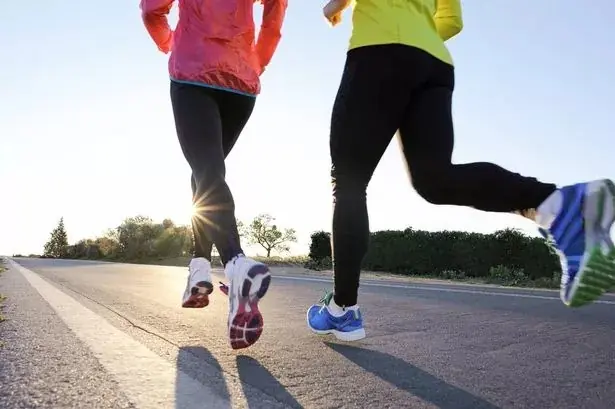
Exercise Is ‘Better Than Drugs’ In Stopping Cancer From Returning After Treatment, Study Finds
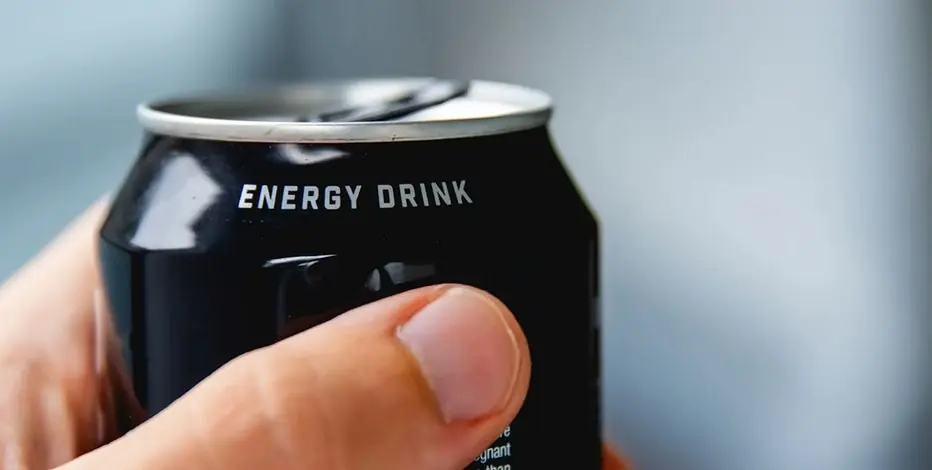
Energy Drinks May Cause Blood Cancer: New Research
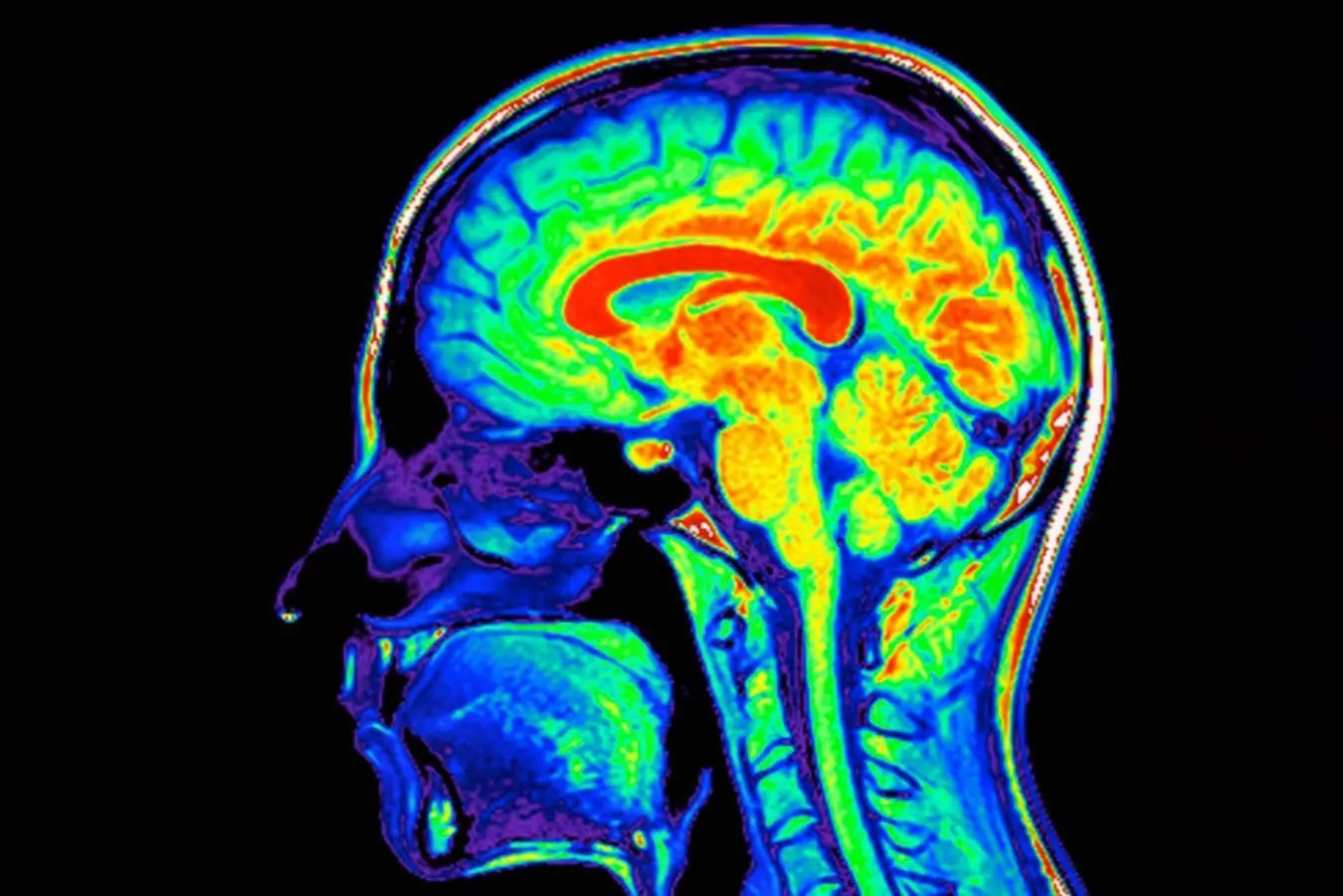
Massaging The Neck And Face May Be Helping Flush Waste Out of the Brain

10 Things That Men May Find Unattractive About Women Over 50
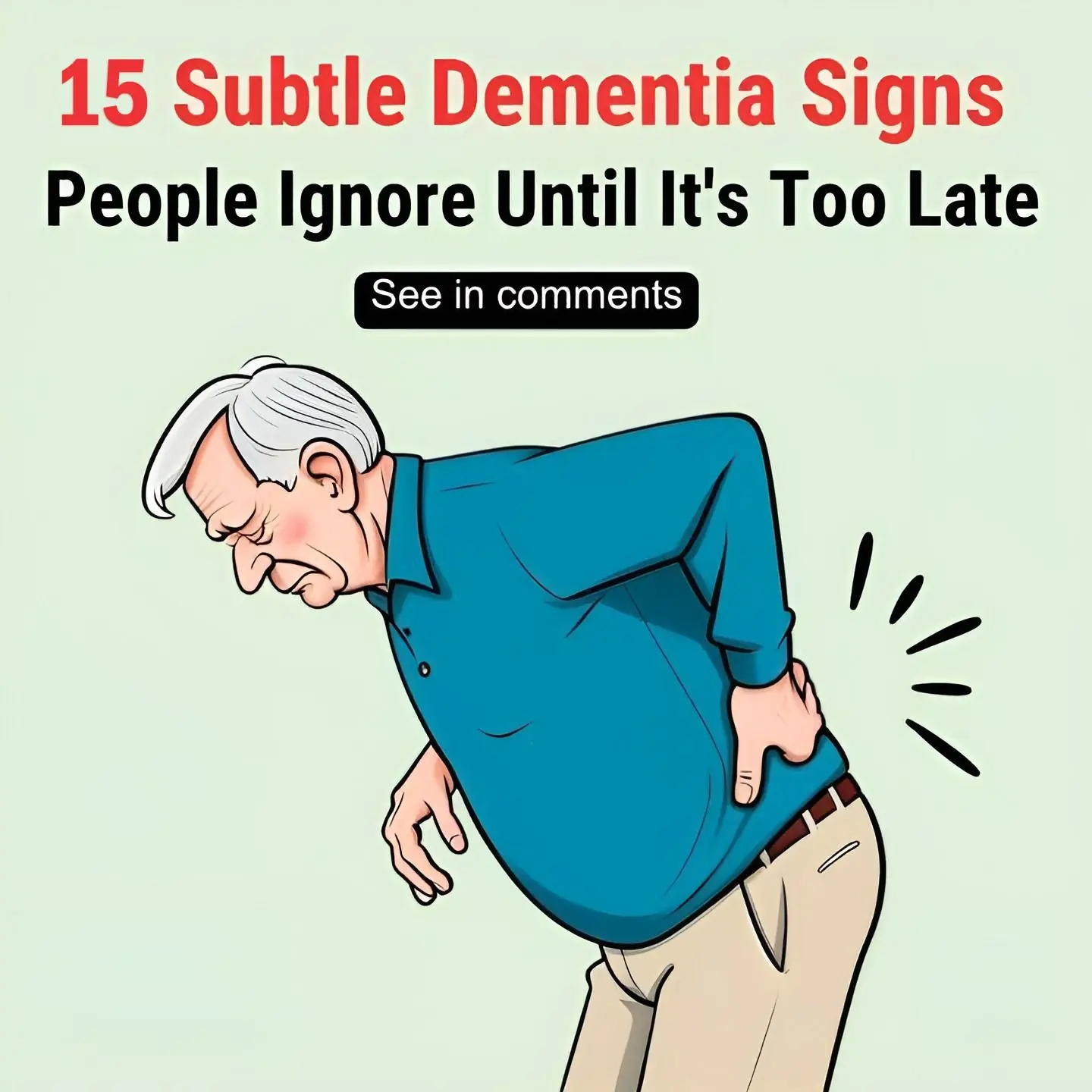
15 Early Warning Signs and Symptoms of Dementia You Shouldn’t Ignore
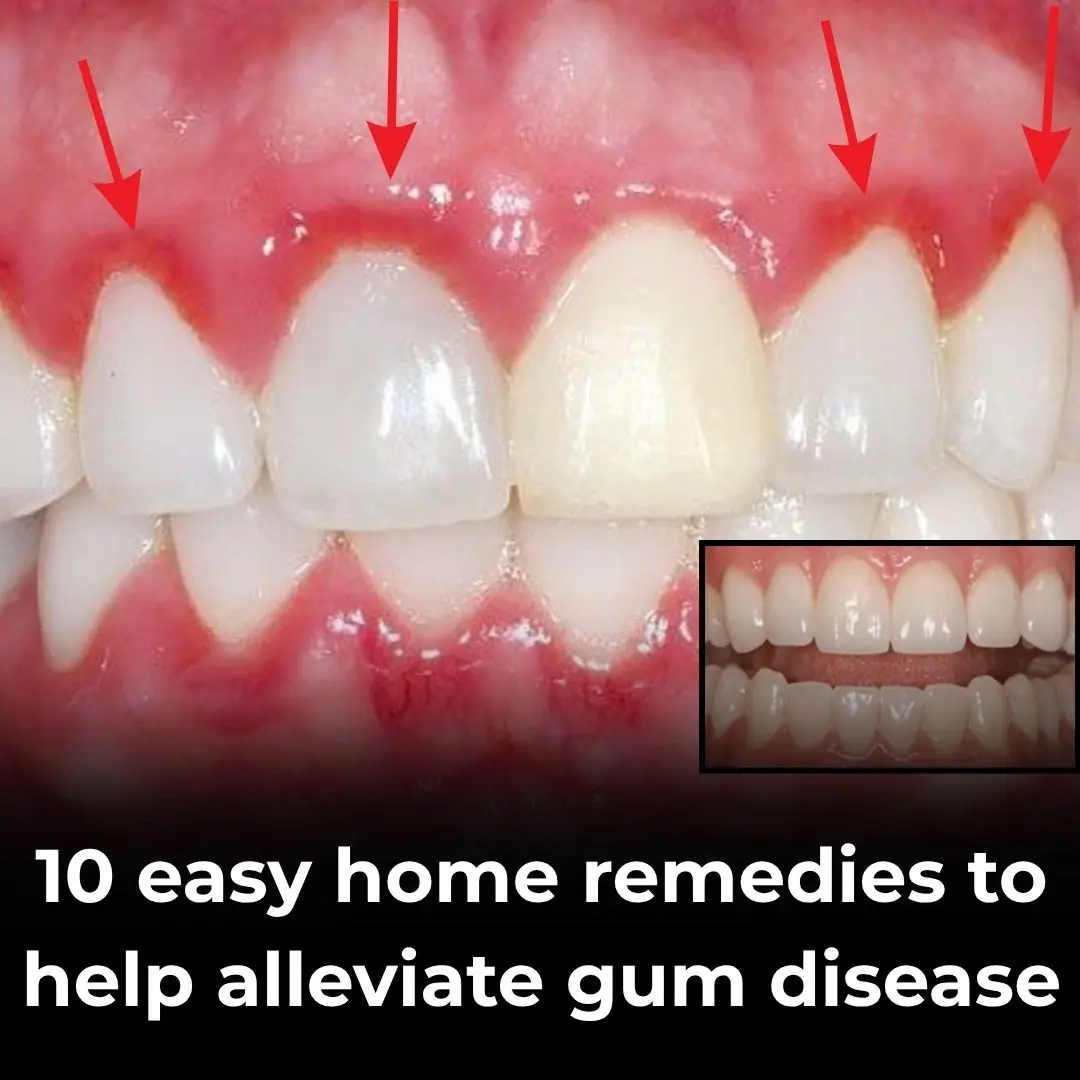
10 Natural Ways to Calm Gum Irritation at Home

Lung Cleansing with a Powerful Natural Garlic Juice
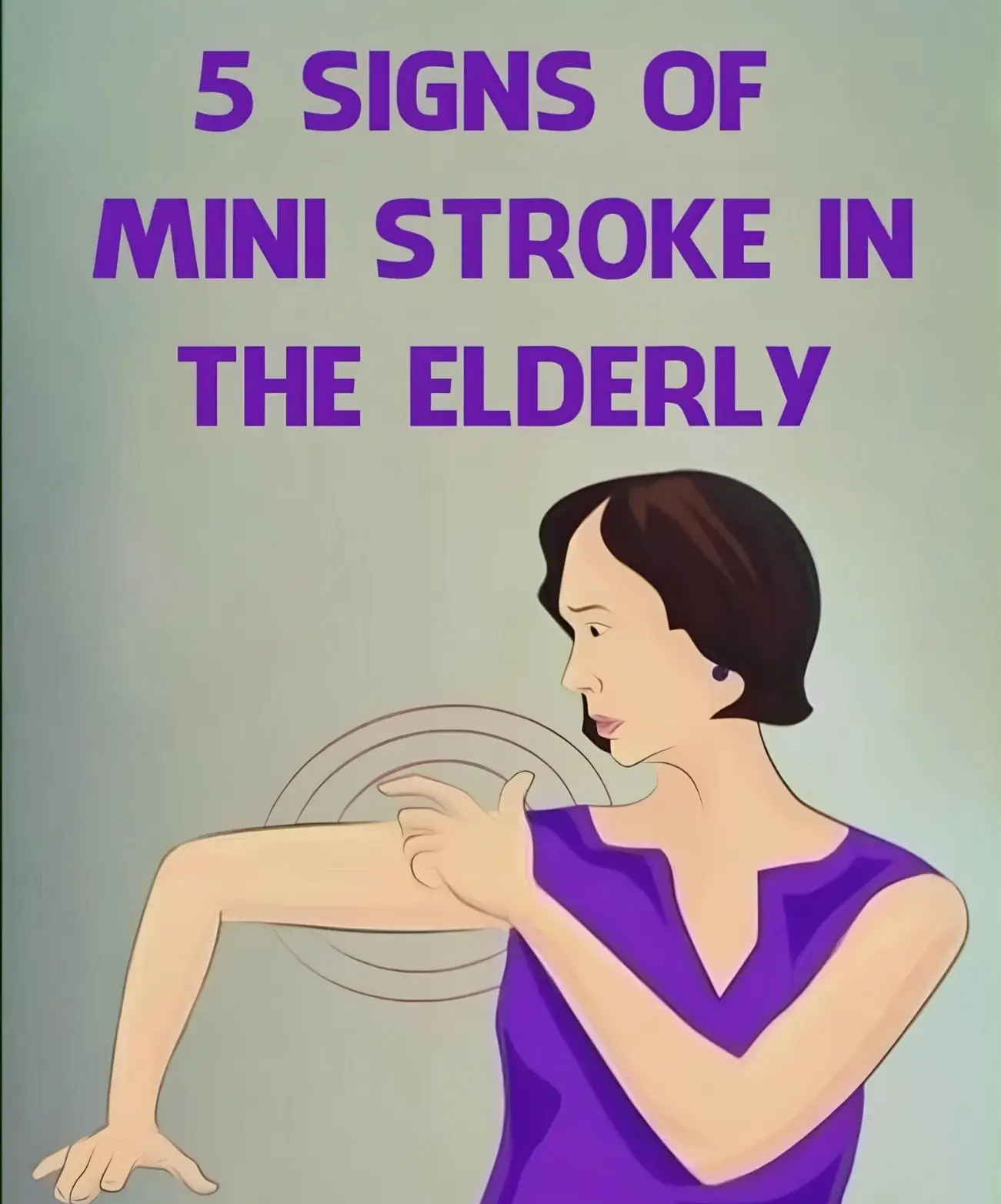
7 Signs of Mini Stroke in The Elderly

This Kid has Eaten Almost No Refined Sugar Her Whole Life. This is What She Looks Like Today

Doctor Warns: Sleeping With A Fan On May Trigger Allergies And Respiratory Issues
News Post

Increased Screen Exposure In Kids Linked to Anxiety, Aggression, and Self-Esteem Issues, Study Says

Researcher Studies Over 200 Kids—Here’s What the Most Emotionally Intelligent Ones Had in Common

Scientists Bioengineer Tooth That ‘Grows’ in Place Like a Natural One And Feels Real

Why There’s a Growing Trend of Straight Men Dating Trans Women

9-year-old dies after dental procedure

Air India pilot’s terrifying last words have been made public

Why You Should Avoid Seat 11A on Your Next Flight – Here’s What You Didn’t Know

Man Releases Chilling Never Seen Before Footage of Twin Tower Collapse

Masterful Painting Of Jesus By 8-Year-Old—Says She Saw The True Face Of Jesus

The Powerful Trio of Lemon, Apple, and Ginger: A Simple Blend That May Support Skin, Hair, and Vision

Drink Cloves and Cinnamon Before Bed? The Results May Surprise You
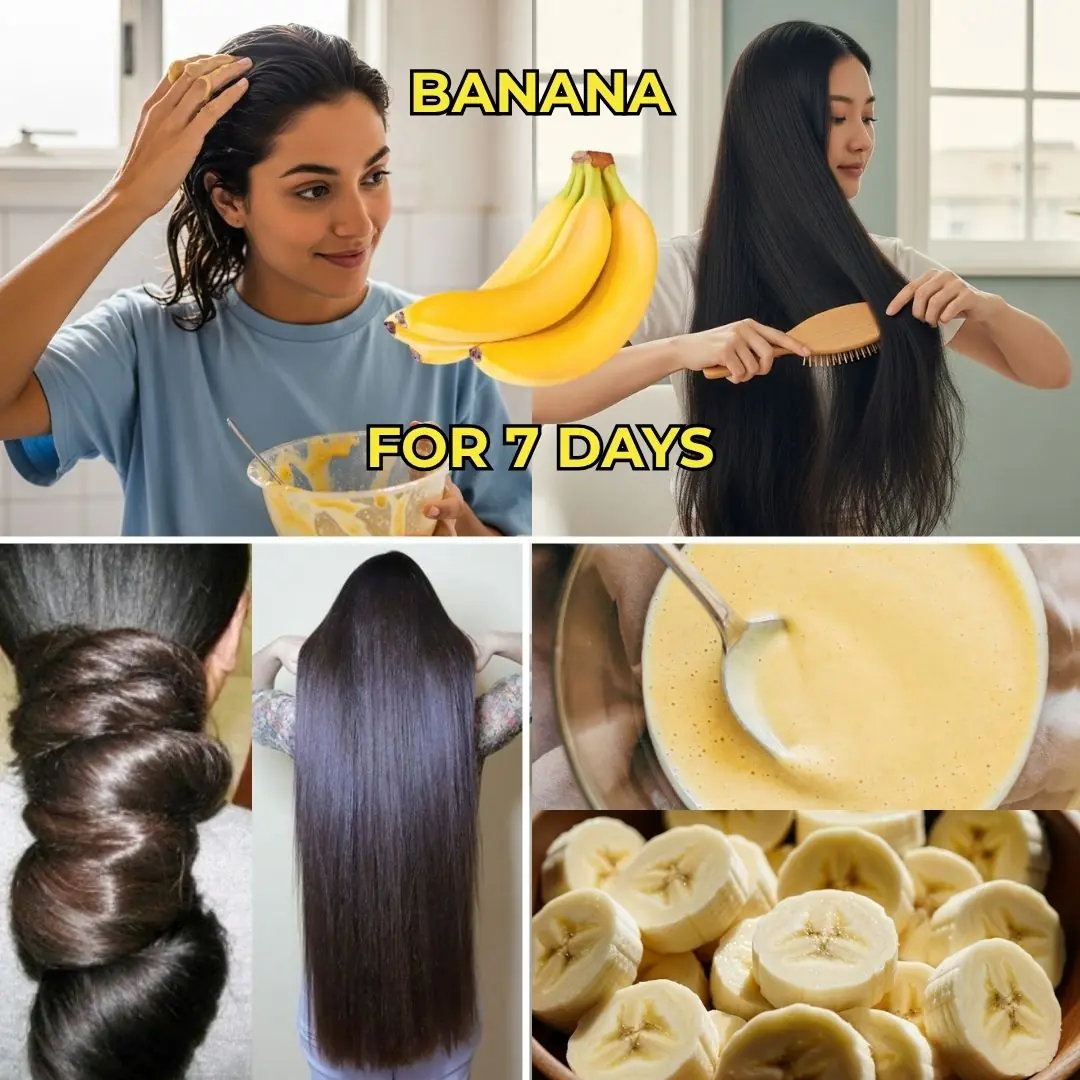
Hair Thinning? Try This Unique Combo to Support Hair Growth Naturally

The Ultimate Drink for Women’s Wellness: Watermelon Juice with Carrot, Beetroot, and Ginger

THIS HEALS YOUR THYROID IN JUST 3 DAYS! | Barbara O'Neill’s Clove Soak Formula
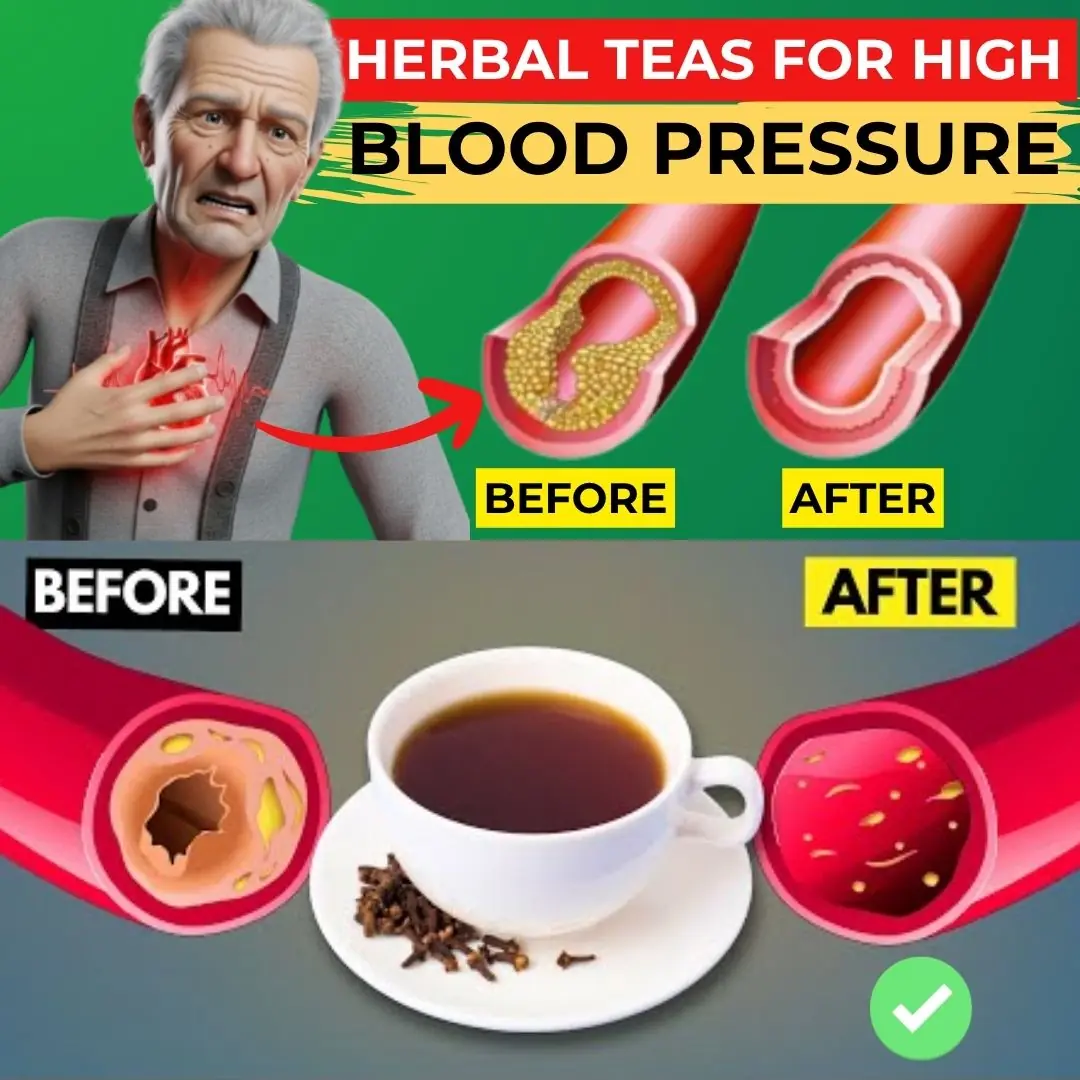
8 Herbal Teas That Lower Blood Pressure and Unclog Arteries (Doctors Never Say This!)

15 Powerful Foods to Relieve Acid Reflux Fast – The Ultimate Anti-Acidity Diet Guide

Health Benefits of Cayenne Pepper: 20 Surprising Wellness Secrets

DIY Brow Boosting Serum: Your 5-Minute Secret to Fuller, Bolder Brows

How to Get Rid of Muscle Soreness: Effective Home Remedies That Really Work
